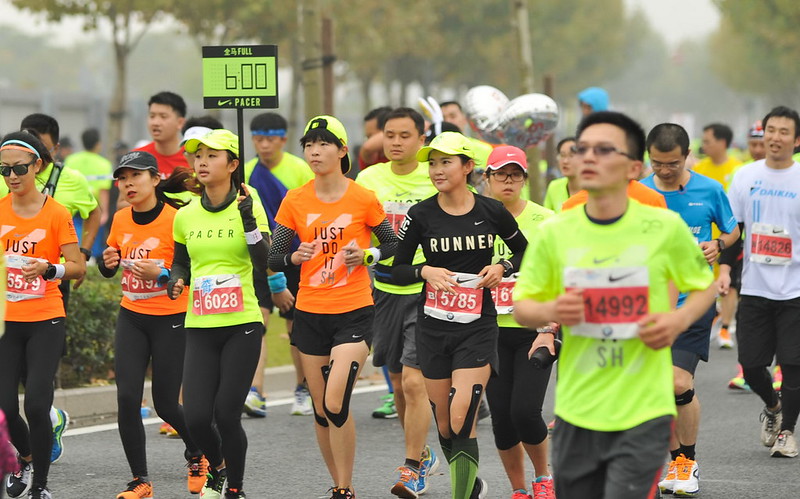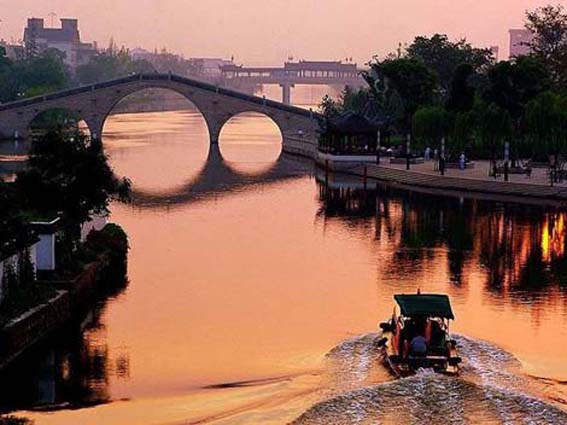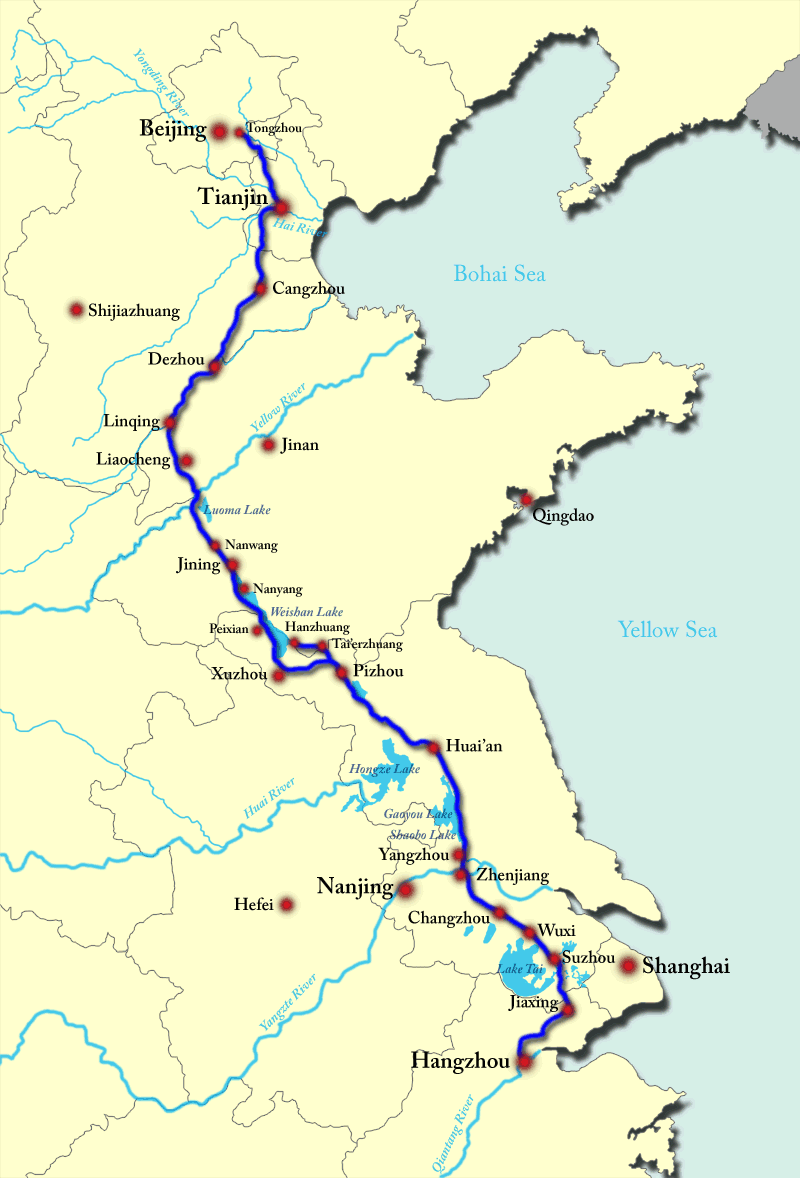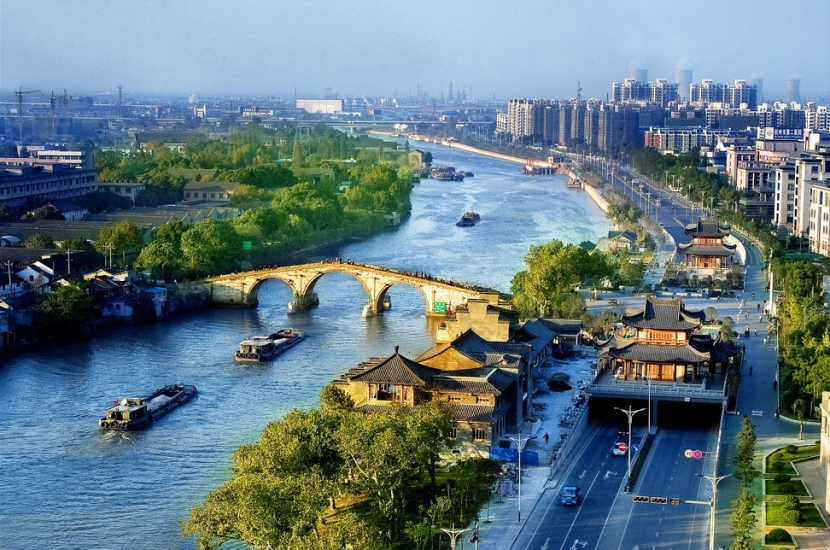by David Parmer / Tokyo
There are a lot of expressions to explain the situation surrounding the Tokyo Olympics (Rescheduled) 2020. For example “up in the air” “undecided” “unclear” “murky” “fuzzy” “hazy” etc.
From all the news that is available from Japan and the IOC it seems that the rescheduling of the 2020 Olympics will be decided in the spring of 2021. And it seems clear that summer 2021 is “it” i.e. it is either next summer or not at all.
The other news for the Tokyo Olympics 2020 (Rescheduled) is that even if it is held, it will be scaled down in terms of fewer spectators at events and scaled-down opening and closing ceremonies. All well and good, we will just have to wait and see. But for China, there is a problem caused by this rescheduling, and it has to do with events that China will host post-Tokyo 20230.
China has a “full plate” of hosting major international sporting events in the 2021-2022 timeframe. All of these events, to one extent or another, will be affected by the postponement of the 2020 Tokyo Summer games, and the threat of COVID-19 contamination.
The events in question are:
China 14th National Games, (Xian Xiaanxi). China’s internal Olympics are directly affected by the dates of the Tokyo games. While the schedule cannot be confirmed, the dates of August 28-September 9, 2021 have been mentioned. This timeframe would put a strain on China’s athletes who would have to compete in two major international sporting events only 10 days apart.
World Summer University Games in (Chendu, Sichuan). As many as 10,000 student athletes would compete in the games which will be held August 18-29 2021. Again, this event like the China National Games is, just 10 days after the closing of the Tokyo Olympics. Organizers are moving forward with preparations despite the uncertainty surrounding both Tokyo and the threat of continued COVID-19.
Beijing winter Olympics (Beijing and Vicinity). The winter games are a bit farther down the timeline, scheduled to be held from February 4-20, 2022. China has a lot to do to get ready to host the winter games. Also, by this time, a model for the Olympics in the time of COVID-19 should have been established at the Tokyo games. So China and the International Olympic Committee will have a “template” to work from for the winter games.
19th Asian Games 2022 (Hangzhou, Zhejiang). To be held from September 10-25, 2022. Athletes from around Asia will be competing in 37 sports in venues in one of China’s most beautiful cities. The slogan for the 19th Asian Games is “Heart to Heart,@Future” which is a tip of a hat to the digital age being able to connect people.
For the next two years China will be planning and coordinating four major sporting events with thousands of athletes and their teams and many tens of thousands of visitors from around the world. What China learns not only from managing such events, but also in holding mega-events in the post-pandemic world will be lessons well worth learning and well worth sharing.
Photo: Du Kong, via flickr
 日本語
日本語 English
English 中国語
中国語


